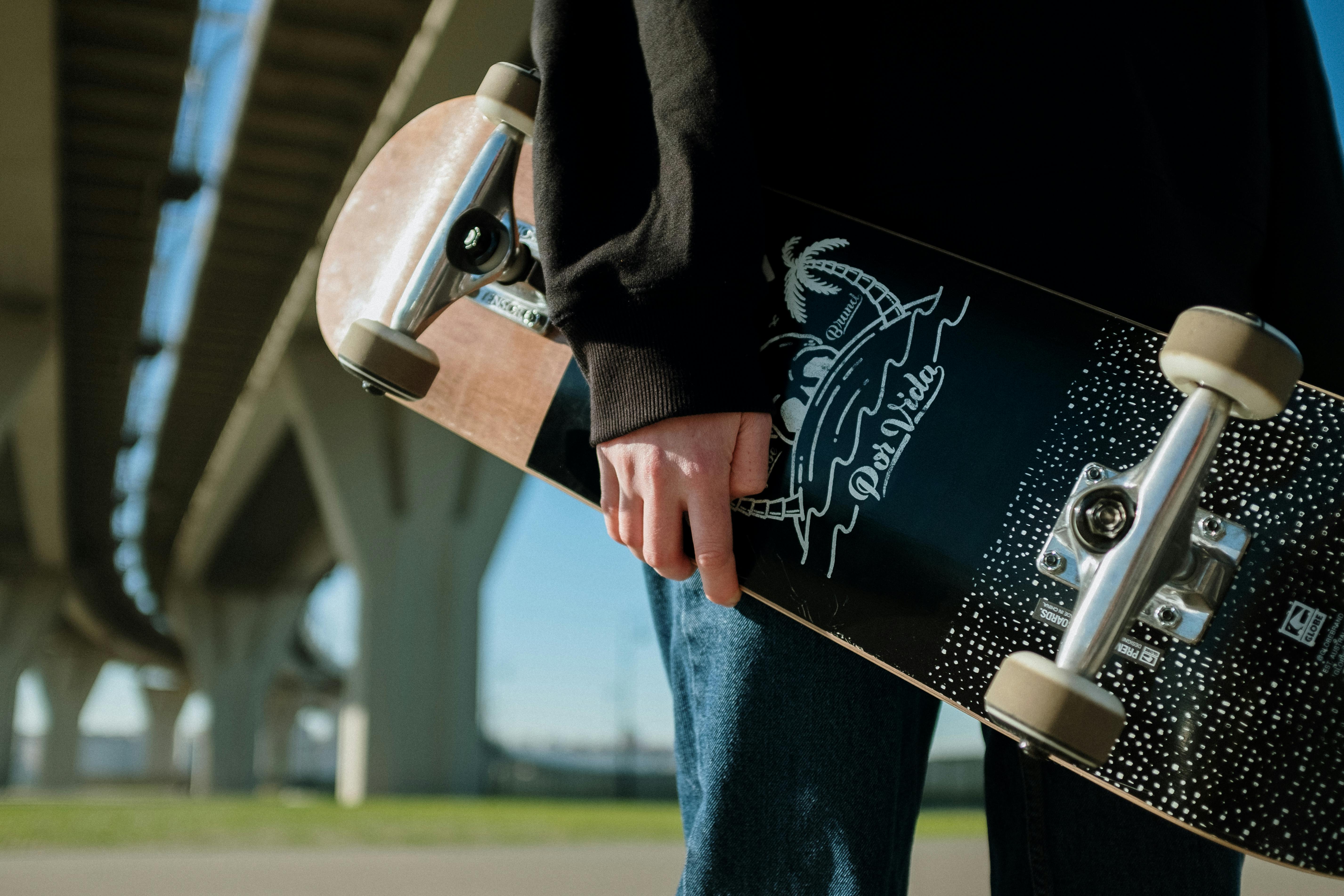
Basic Tips for Youth Baseball Coaches
Cheers,
Battle Stations Base Race Simulation
Divide your team down the middle as evenly as possible and form two lines at home plate, one line slightly ahead of and inside the other. Now have a coach on the pitcher’s mound command the lead runner on both lanes to take off. . One runs straight across first base like he’s hitting a ground ball, the other spins and continues on to second. On the next command, the drill continues in the same manner, but the runner on second now goes to third and scores, while the runner on first takes third. You now have the bases loaded on each cycle of this drill. Continue with the runner on third marking and scoring. Two runners will now score each time the bats are hit together. Players go to the end of the opposite line when scoring and the bases remain full continuously.
It’s a much more instructive exercise than having players continually circle the bases, and it gives each player a chance to perform just about every situation you’ll see in a game. Coaches can check base running technique, how they are rounding bags, etc. Helps players get in shape for baseball, which requires shorter, faster bursts of energy. It can help players learn to make good jumps and anticipate when to call.
This drill should be done at the end of practice, because the players will be quite tired afterwards. End the drill when you can see that they have had enough and are beginning to slack off.
Study the pitching drill
Line up all players at the first base free throw line in the outfield. The line becomes the base. Somewhere near the infield dirt, near where the second baseman would play. At second base, two outs lead, delay steal, etc.). Other coaches should be stationed to observe the players and make corrections.
Devote 5-10 minutes of each practice to this. We also dedicate at least 5 minutes before each game to this exercise.
This exercise is usually done with the whole team. Splitting the team prevents players from simply copying what each other is doing. This forces them to focus more and actually retain more of their training.
This isn’t a long drill, just a quick refresher on studying pitchers’ footwork to determine whether or not you should dive back, get back on your feet, or just return to base. Just assume it’s the first base we’re working on. You can add a second or third base if you want.
Divide your players into as small groups as you can, depending on the current situation in practice or before the game. Use the lack of field or any type of line, depending on whether you are indoors or not. A coach acts as the pitcher. All players must have good eyesight. The coach should alternate between right-handed, left-handed, stretching, rope, stepping on the rubber, and spikes. Players are given a scenario before each pitch (first base straight steal, first base hit and run, etc.) Players assume the correct position, take an appropriate advantage, and react accordingly. according to the play called and the movement of the pitcher. .
When it comes to a team drill, have other coaches watch the players, don’t let the players take this drill lightly, base running errors can ruin promising innings.
Towards the mock races
This is another fun way to end practice with a basic exercise that kids will love. Divide the team in half, with one group of kids behind home plate and the other half behind second. Just don’t have everyone run the bases together, you don’t learn much that way. Turn it into a baseball relay race as the batons are passed from one runner to another. Give a ball to the first child in each group (this will be the “baton” for the relay race). In “GO!” the first boy on each team starts running the bases, ball in hand. After going one full lap around the bases (back to each boy’s starting point), that boy hands the ball to the next boy in line, who continues the relay race. Try to have coaches on the bases who encourage proper turns and footwork. The first group of children to finish the race wins. They won’t want practice to end most of the time. Kids love to compete, and when you can use contests to help you teach, it’s always more effective.
These are some of the most basic exercises, look for more advanced exercises below.